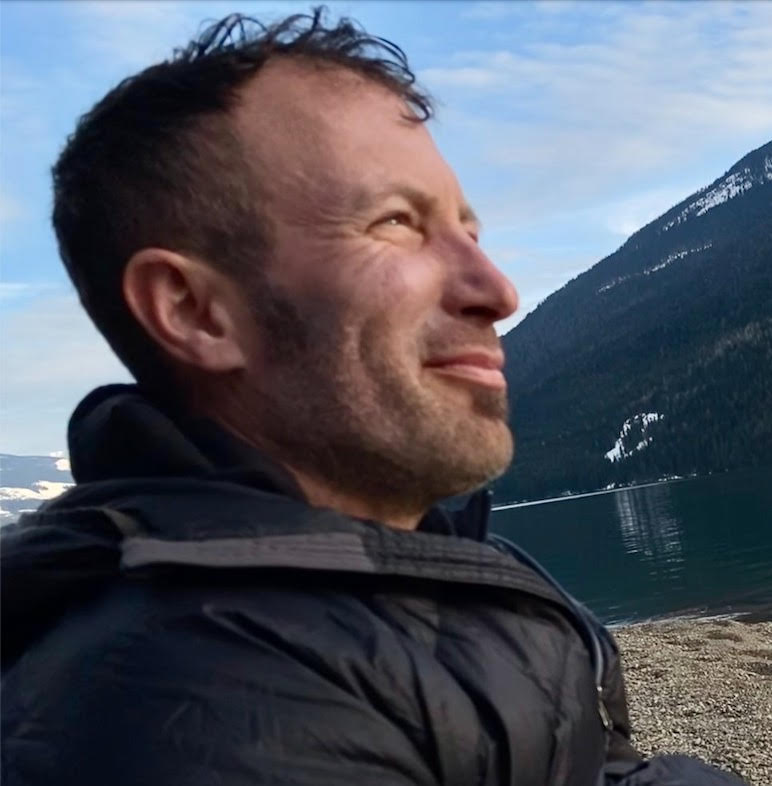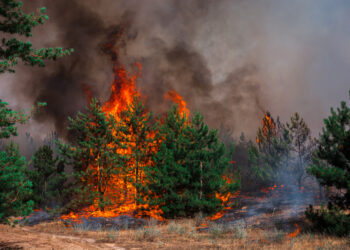By Benjamin Alva Polley EBS COLUMNIST

Each spring, a blizzard of snow geese migrates along the Pacific Flyway from wintering range in California’s Central Valley to the Canadian Arctic. Along their flight, they stop at Montana’s Freezeout Lake in late March to early April, 40 miles west of Great Falls. Each morning, the snow geese rise en masse off the lake as flocks of geese take to the sky like a snow globe.
Birders and aficionados flock to Freezeout Lake to witness the wildlife-viewing spectacle, like having front-row seats to David Attenborough’s “Planet Earth” series. Successive waves of birds take flight as the deafening roar of their flapping, black-tipped wings and chorus of calls heralds the beginning of spring. They rest and refuel for approximately four days before their thousand-mile journey to central Alberta and Saskatchewan, before their final leg to their nesting grounds in far northwestern Canada. People who want to see the migration can check Freezeout Lake’s Wildlife Management Area’s website for the latest updates on numbers and what the numbers could range from. Is there a mathematical formula for counting tens of thousands of birds? Why has the population of snow geese been growing over the century?
Freezeout Lake, Wildlife Management Area, incorporates 12,000 acres and comprises Freezeout Lake, Priest Butte Lakes, and many interconnected ponds, ditches, and dikes. The geese fly to neighboring fields to munch on malt barley and wheat for several hours, then return to the lake to take shelter at night. The surrounding agricultural fields of malted barley and grain, where the refuse from last year’s harvest leaves sumptuous scraps, provide a perfect staging area for the birds.
“Freezeout is a waterfowl motel with a pool and a restaurant,” said Montana Fish, Wildlife and Parks long-time seasonal employee Mike Schwitters, aka Mr. Freezeout, who has been counting white geese since the 1980s.
The birds try to build fat reserves to sustain themselves during their three-week nesting period in the Canadian far north. During nesting, the birds do not eat while their eggs are incubating. “A real strong component in these birds is their biological clock ticking. They want to get north,” said FWP biologist Brent Lonner. “The photoperiod length of light drives the hormone levels that drive the breeding and nesting season.”
Most years, tens of thousands of snow geese descend on central Montana. Two hundred other species, including goldeneye’s, mallards, Ross’ geese, pintails, trumpeters, and tundra swans, also congregate. But this year, it is quieter along the western Rocky Mountain Front. It begs the question from the casual birder: is there a mathematical formula for counting thousands of birds, perhaps using a grid system or technology like drones or satellites?
Three teams throughout the week are in charge of counting birds. Schwitters and his son Brian are paid seasonal employees on one team, and volunteer Nancy Milewski does it the other days. Freezeout Wildlife Manager Brent Lonner fills in when necessary. The counters get there before first light and stage from a high vantage point, glassing the whole area with binoculars or a scope to gauge reliable estimates for flock sizes.
“It’s not horribly complicated,” Lonner said. “It takes a lot of practice to get reliable estimates.”
They look at individual flocks, count to 100 or 500, and then extrapolate numbers depending on the number of flocks. They add or subtract numbers throughout the day as more birds arrive or depart and update the website’s report.
Snow geese numbers weren’t always prolific in North America. In the 1960s, their numbers were less than 50,000 birds. Now, they are estimated at around 700,000.
“One of the reasons the populations of white geese in North America have increased is because of agriculture and all that additional grain that’s now available that decades ago they never had,” Lonner said. “They are wintering in better condition because they’re getting more forage consistently through winter and during migration. So, they’re more productive when they get to those nesting grounds.”
The odds of survivorship for their young increase because of the parent’s health.
The collective pronouns for snow geese include a “blizzard,” an “avalanche,” a “skein,” a “wedge,” an “arrow,” or, if on the ground, a “gaggle.” As of March 22-24, this year was a flurry of snow geese because 9,000-15,000 geese graced Freezeout. Winter holds its lasting grip along the Front with colder-than-normal day and night temperatures with more snow predicted. Much of the surrounding fields are snow-covered, and the lakes have only five percent open water, still allowing the birds to lap water which is one of the first things they do upon arrival.
In 2004, it was a different story. An estimated 300,000 snow geese descended on Freezeout. Everything had to be perfect for an actual blizzard of snow geese. The lakes and fields were thawed out. A big storm dropped on the north, hitting Alberta and Saskatchewan, forcing the flocks to return, and other birds were showing up in waves from the south, stacking the birds in Montana. The wildlife spectacle was a sight to behold. Given the current skyrocketing numbers of snow geese, such a spectacle may be repeated, making it worth visiting this remote area to witness one of nature’s miracles.
Benjamin Alva Polley is a place-based storyteller with stories published in Outside, Adventure Journal, Popular Science, Field & Stream, Esquire, Sierra, Audubon, Earth Island Journal, Modern Huntsman, and other publications at his website www.benjaminpolley.com/stories. He holds a master’s in Environmental Science and Natural Resource Journalism from the University of Montana.













